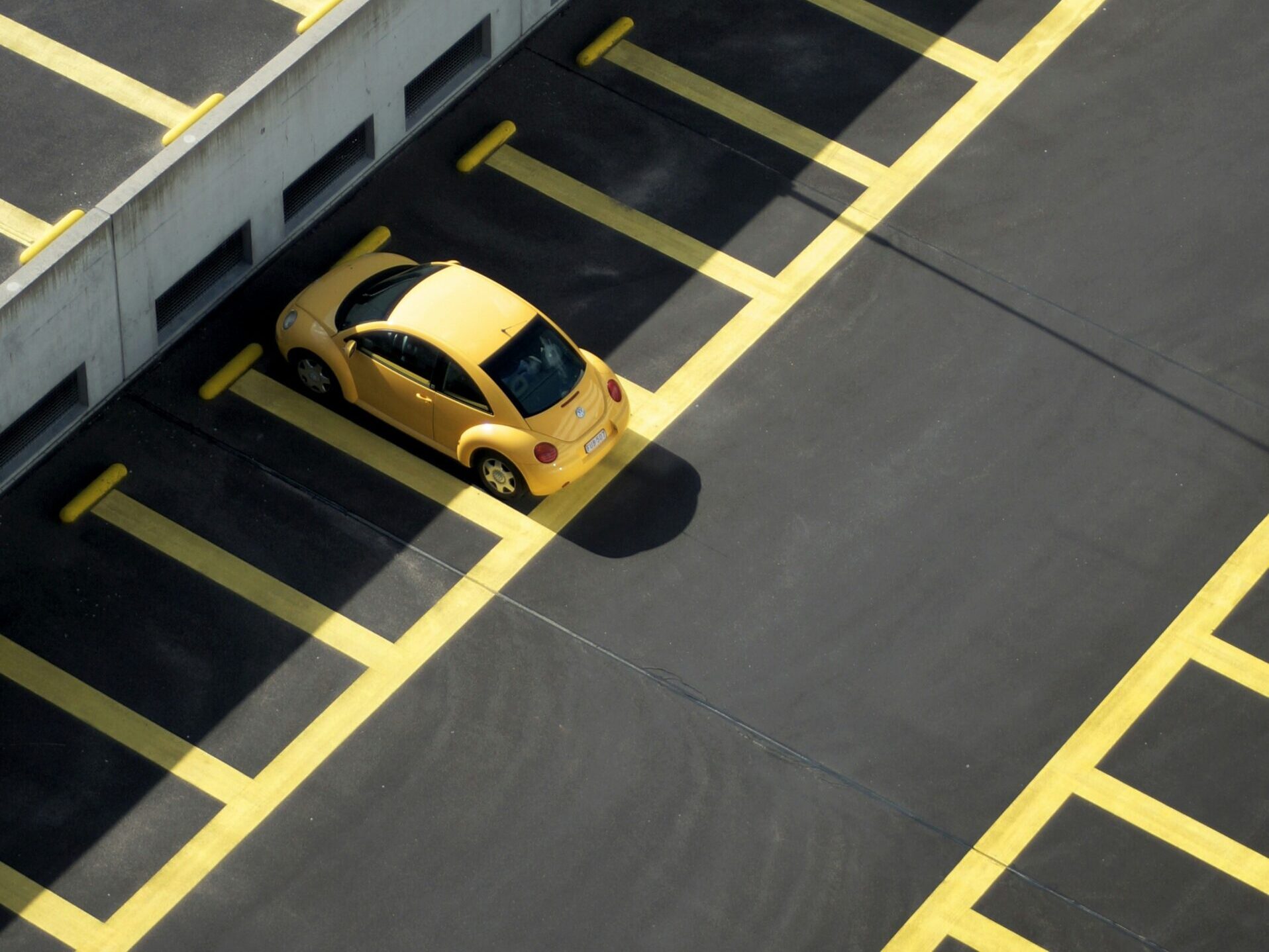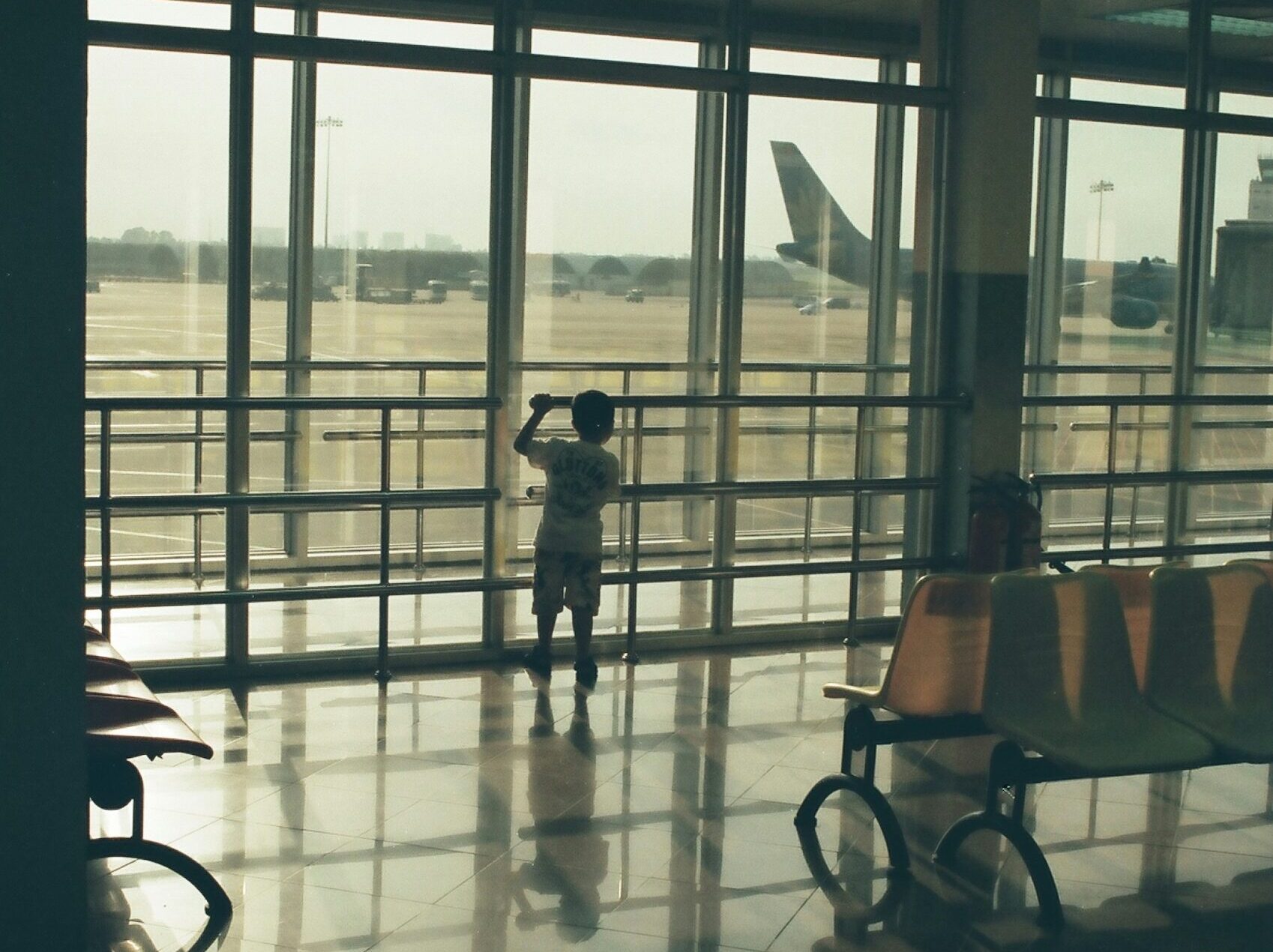What You Need to Know If You’re Flying on a 737 MAX Plane
Should you worry about flying on other 737 MAX aircraft?
January 8, 2024
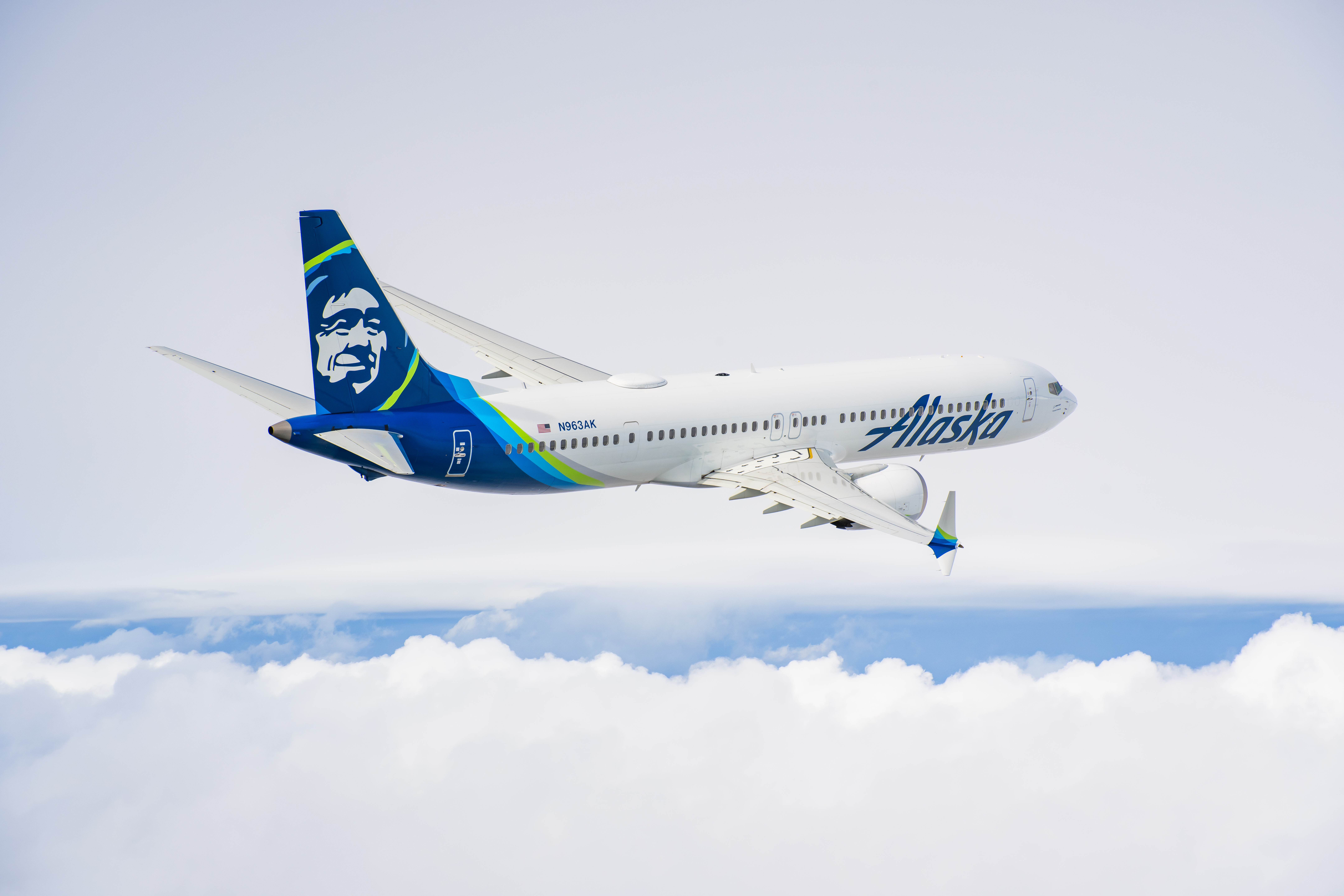
Photo: Alaska Airlines Boeing 737 MAX 9. Courtesy of Alaska Airlines
UPDATE, January 25, 2024: Almost a month after an inflight Alaska Airlines incident that resulted in a mass grounding of Boeing’s 737 MAX 9 planes, the FAA has approved the aircraft to fly again—but Boeing isn’t off the hook yet.
Original story:
The emergency landing of an Alaska Airlines Boeing 737 MAX 9 aircraft on Friday evening, just seven minutes after takeoff from Portland over Oregon, resulted in a major disruption of air travel this weekend after U.S. federal authorities grounded all 737 MAX 9 aircraft in response to the incident.
The Federal Aviation Administration (FAA)’s directive left approximately 171 jets grounded worldwide, including United Airlines’ 79-plane 737 MAX 9 fleet—the largest globally—and 65 Alaska Airlines planes. Other affected airlines included Icelandair, Copa Airlines, and Aeromexico. 25,000 passengers have been affected so far, and the cancellation wave is anticipated to ripple through the first half of the week.
How is the incident affecting travelers in the short-term, and should you worry about flying on other 737 MAX planes?
737 Max 8 and 737 Max 9: How Are They Different?
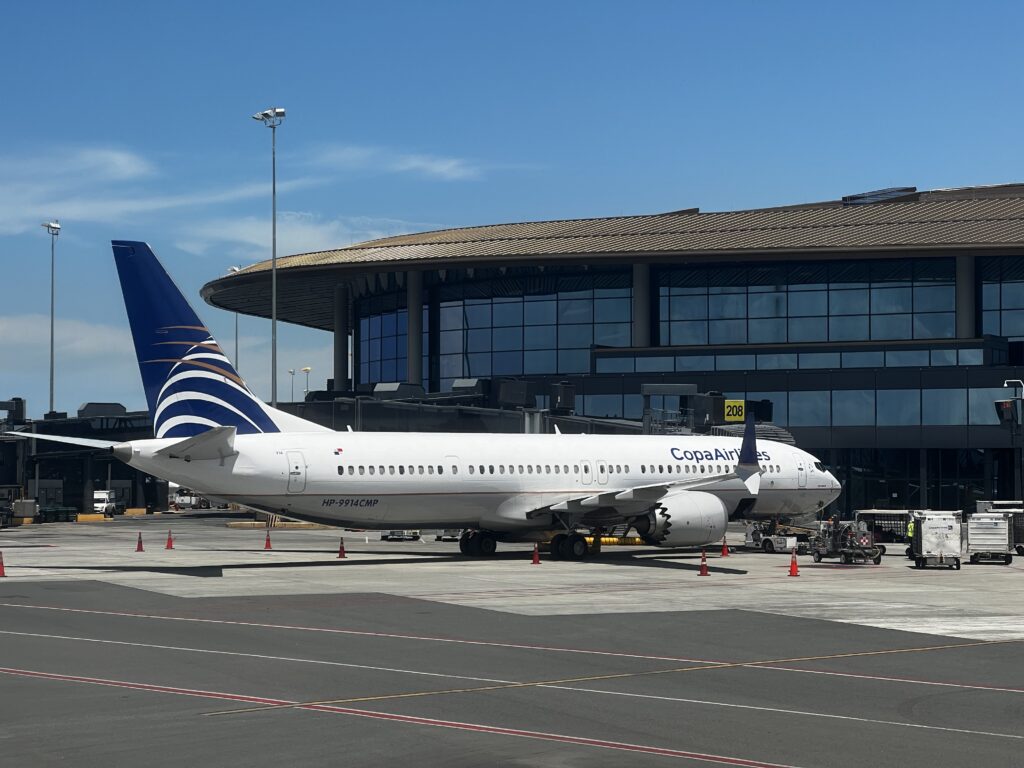
Photo: Copa Airlines, Boeing 737 MAX 9. Courtesy of Enrique Perrella
Boeing’s 737 MAX program currently operates two variants, the MAX 8 and MAX 9. The MAX 9 is the larger of the two and is now grounded for observation due to safety concerns.
The MAX 8, on the other hand, is the most popular in the family, with 1,176 aircraft currently in service and at least 1,971 more on order. This aircraft variant is certified and fitted to fly.
The main difference between the MAX 8 and MAX 9 is that the MAX 9 is longer, measuring 138 ft. 4 in. (42.16 m), while the MAX 8 measures 129 ft. 8 in. (39.52 m).
According to Boeing’s specifications, the MAX 8 can seat about 162 to 178 passengers. The MAX 9, the largest in the family, can seat 178 to 193 passengers, with a maximum of 220 depending on the configuration.
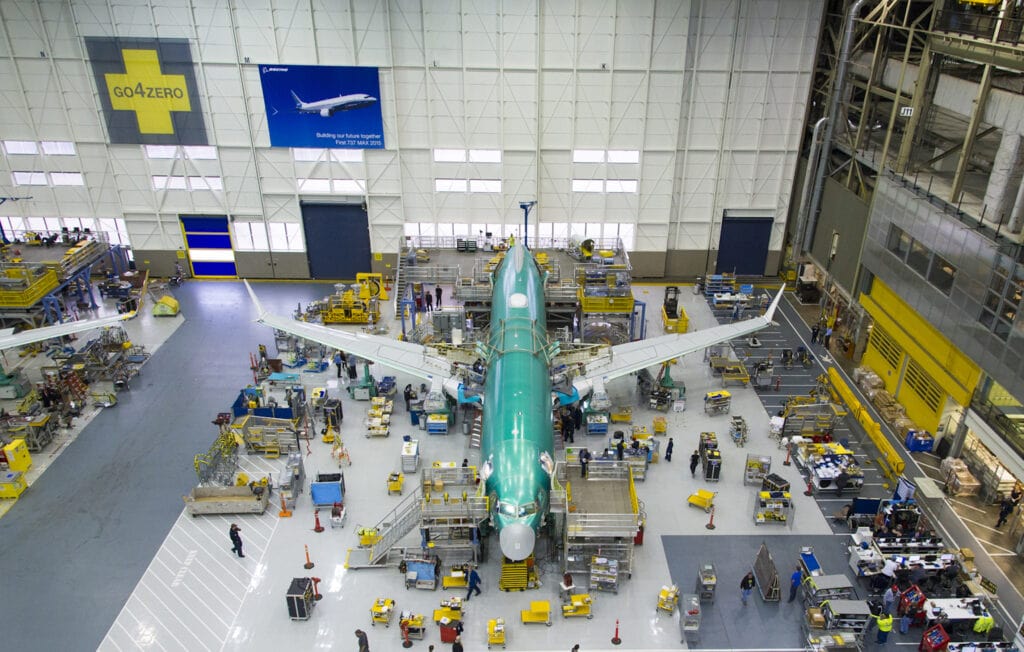
Photo: Boeing’s Renton Factory, First 737 MAX / Courtesy of Boeing Commercial Airplanes
However, the actual seating capacity of the MAX depends on the airline you’re flying with and whether they are low-cost or full-service.
The Alaska Airlines incident, in which a “door plug” flew off during flight, was due to the airline’s jet being configured to hold fewer than the maximum 220 passengers that could be packed onto a 737 MAX 9. When an aircraft is configured to have more than 200 passengers, that door plug is switched with an actual emergency exit door. The 737 MAX 8, which is still in operation, does not feature the door plug exit door which detached from the Alaska Airlines flight this past weekend.
How Long Will the 737 Max 9 Remain Grounded?
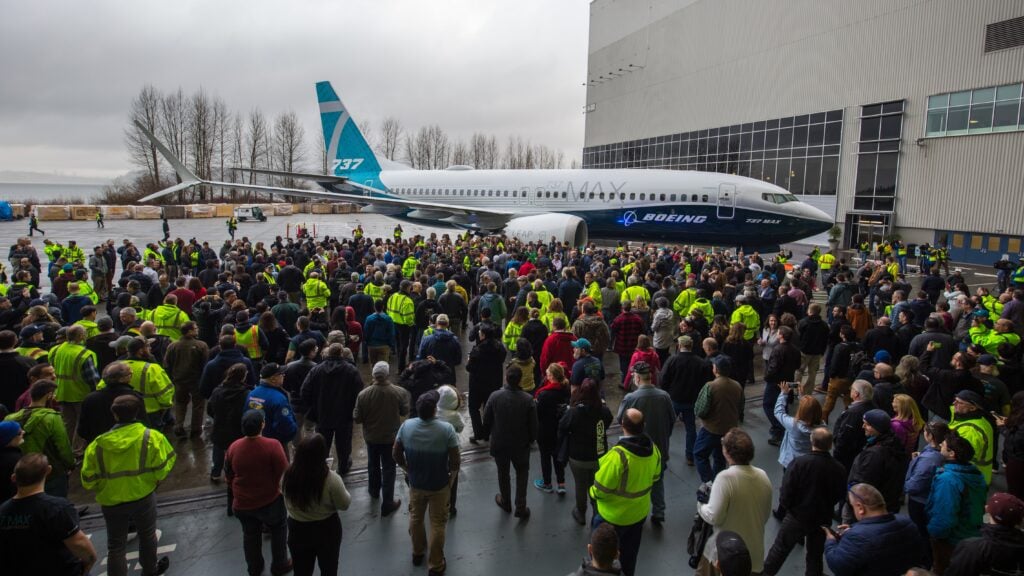
Photo: First Boeing 737 MAX 7. Courtesy of Boeing Commercial Airplanes
The Alaska Airlines incident has dealt yet another blow to the already troubled 737 MAX program. Boeing’s best-selling single-aisle aircraft was grounded for nearly two years until November 2020 after two deadly crashes in Ethiopia and Indonesia.
In response to this week’s incident, the NTSB launched a comprehensive investigation centered on the exit door that blew off during the emergency. The investigation is expected to span several months. Experts have said they expect the 737 MAX 9 will be allowed to return to service soon. However, just today, The Air Current reported loose bolts have been found on the plug doors of at least five United 737 MAX 9 aircraft during this week’s inspections.
The door plug of the Alaska Airlines plane—an essential piece of the puzzle—has already been located. Its examination is anticipated to yield vital physical evidence, shedding light on the events that unfolded mid-flight.
Affected by the 737 Max 9 Grounding? What to Do Next
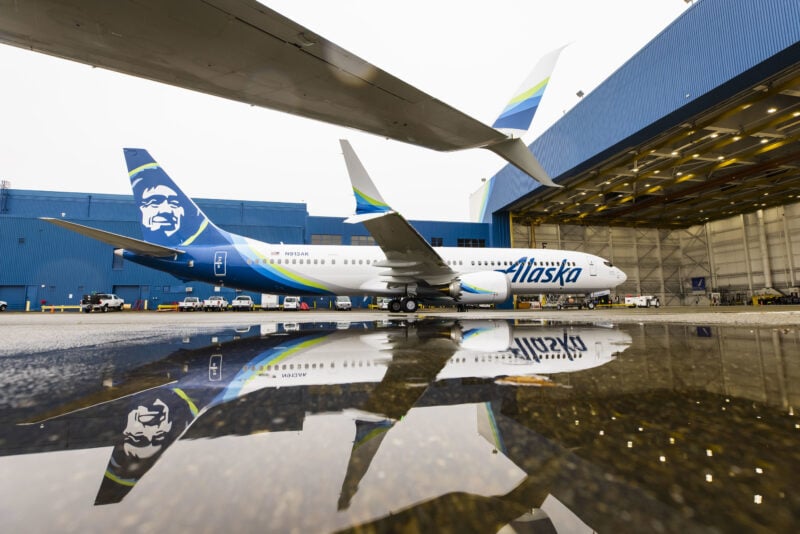
Photo: Courtesy of Alaska Airlines
In the face of widespread disruptions, Alaska Airlines has announced significant updates to its refund policy. These changes go beyond addressing the fallout of the Boeing 737 MAX incident and extend to enhance the overall travel experience for all passengers.
According to JT Genter, editor in chief at AwardWallet, effective immediately, if a traveler’s flight schedule changes by at least one hour, Alaska Airlines will now offer the option of canceling the flight with a full refund. Alternatively, travelers can change their flights online to depart one day earlier or later. Previously, cancellations resulted in travelers being provided a “future travel credit.”
Additionally, travelers can change their travel dates for up to 14 days, compared to the previous three-day window. It is not yet clear whether the policy changes will remain in effect in the long term.
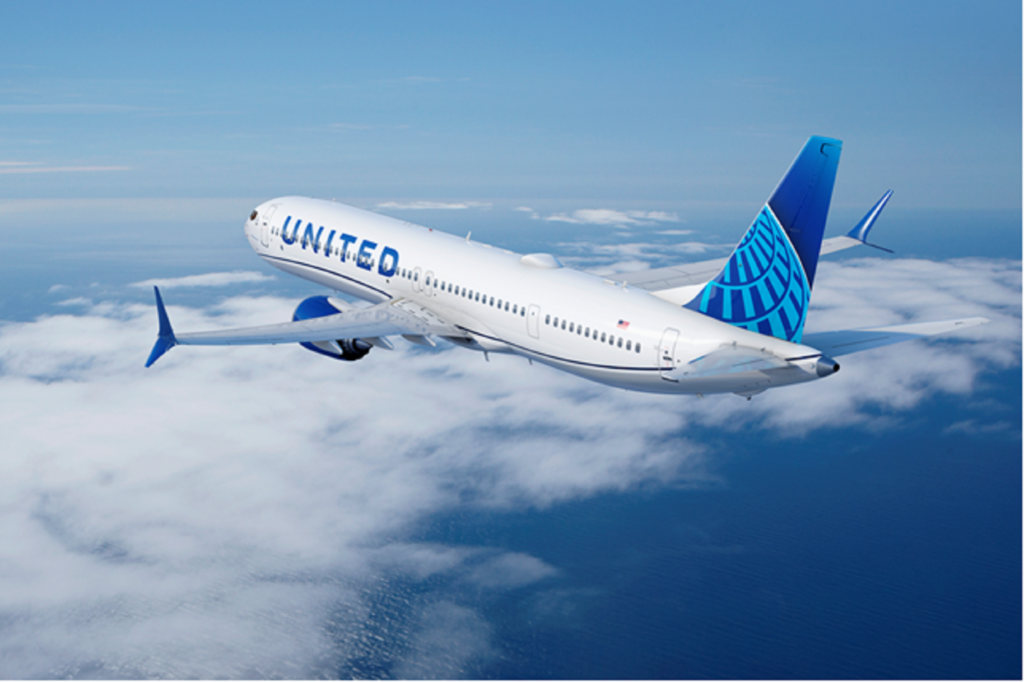
Photo: United Airlines, Boeing 737 MAX 9. Courtesy of Boeing
United also issued a statement regarding its customers who have booked their flights on the Boeing 737 MAX 9. If you have purchased your ticket on or before January 6 and your flight is scheduled on this aircraft, you can reschedule your trip without any additional charges for change or fare difference. This is a limited-time offer, and to avail of this, your flight must depart by January 18.

